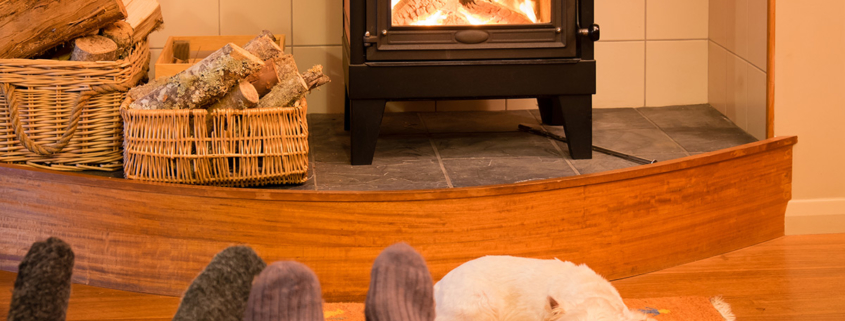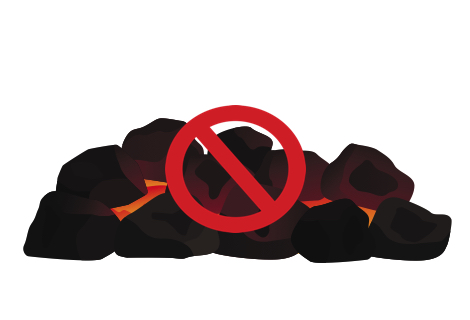There are some very solid reasons for choosing a wood burning stove over gas or electric, but the main advantages are environmental and economic.
Wood is renewable and a clean burning fuel, especially when comparing a self-contained home stove with using energy from power stations running on fossil fuels. Oil and gas are not renewable, but when trees are harvested, so saplings are planted in their place, meaning that the environmental benefits of the plantation continues.
The carbon neutral benefits of using firewood to heat the home, and for cooking, are massive. The Forestry Commission has advised that the area of the country comprising woodland should be increased from four per cent to 16 per cent. Using a wood burning stove can reduce your carbon footprint by more than 70 per cent, compared to 55 per cent for a flue gas fire, 32 per cent for an open gas fire and zero for an electric fire.
It is clear from these figures that firewood burning stoves are best for the environment when compared with gas or electric heating, but their use has other environmental benefits. For instance, foraging and using renewable energy will teach children practical lessons about the planet and its future.
Wood burning stoves have economic advantages over other types of fuel, as well. Burning wood works out at approximately three pence per kilowatt hour. Gas and oil cost around twice as much, while electricity costs more than five times, on average, than a wood burning stove.
Installation of a wood burning stove involves an outlay, naturally, but so does the installation of a gas or electric central heating system. Once installed, a wood burning stove will require little or no maintenance and its fuel is either inexpensive or even free. To be rid of gas heating bills and not having to worry about using too much expensive energy will be of great benefit through the years, a wood burning stove will last for generations, and save homeowners thousands of pounds in the process.
With the growth of the internet, many more people these days choose to work from home. Using an inexpensive wood burning stove for warmth in the daytime will save hundreds every year on gas bills.
As well as foraging in woodland for free fuel, there are other sources for firewood. Joinery companies and timber merchants will have a lot of waste wood, which may just go in a bin and be used for landfill. It can do no harm to ask the local companies who work with wood if you can take their off-cuts off their hands, doing each other a favour.
Wood burning stoves may need to be cleaned out when they are cold, which takes a little time, but they also provide a comfort that just isn’t possible with other fuels. Just to have a glowing stove in the kitchen or living room warms the heart as well as the hands. Who wants to sit at home on a chilly winter’s evening and stare at a radiator?





